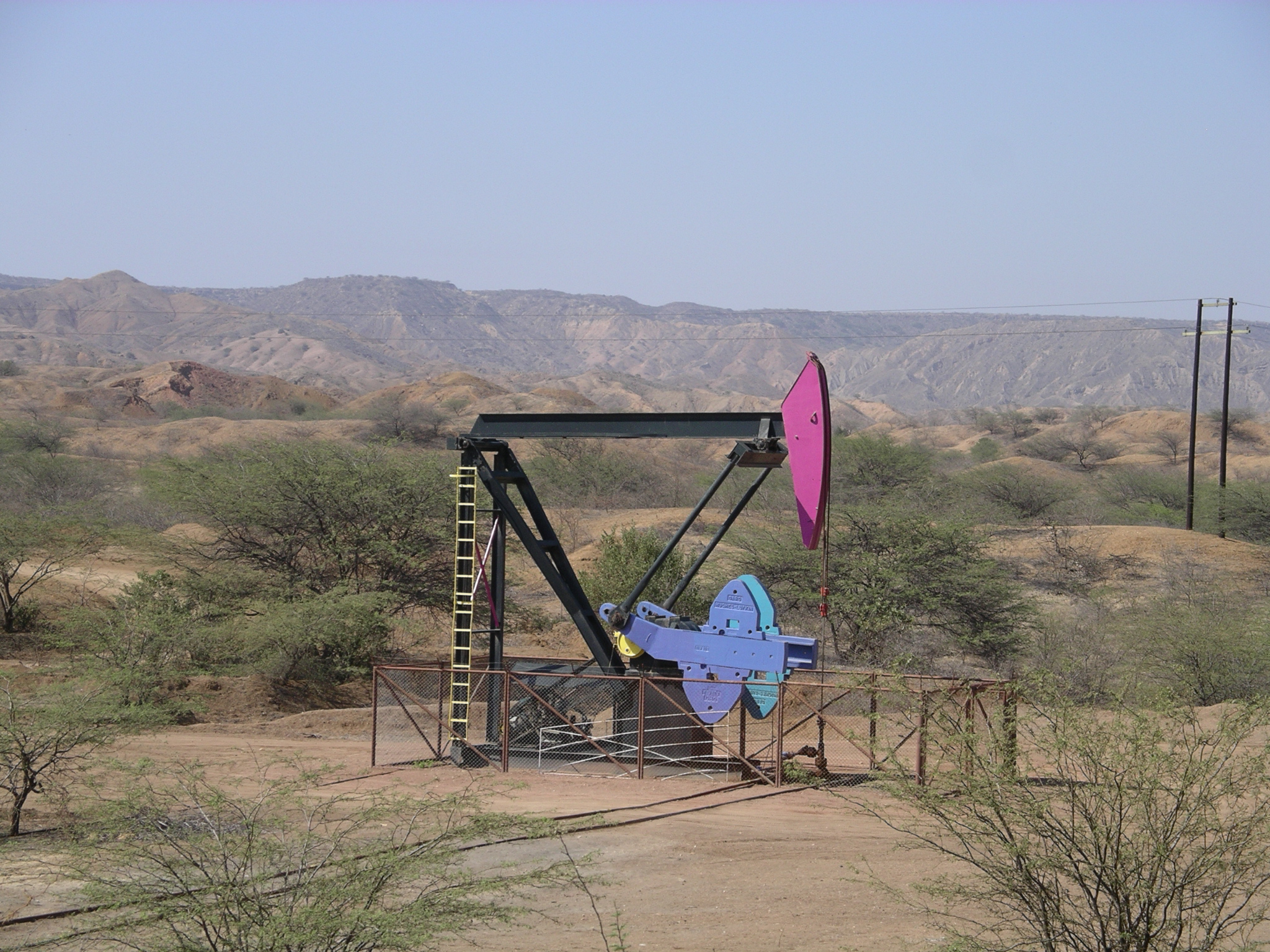Executive
Geopolitics and Demand Growth Underpin Need for Commonsense Energy Policies

The U.S. energy sector finds itself in a precarious position. Increasing geopolitical volatility and strong energy demand forecasts could spell trouble domestically in the future. The U.S. needs to stop hamstringing American energy companies and invest in the nation’s infrastructure, such as pipelines, processing, and production.
Energy for the U.S. depends on geopolitics
If we have learned anything in the last two and a half years, it’s that the U.S.’ energy industry is not free from geopolitical chaos globally. Russia’s invasion of Ukraine, the Houthi’s attacks in Yemen backed by Iran and turmoil in the Middle East have very real repercussions for the average American. We may not be as intensely intertwined with those realities as our European allies, but energy is a global market with implications for domestic prices, supply, and demand. While different events can affect prices at home, there are steps the administration can take to protect our energy sector.
Encouraging oil exploration and production can help offset foreign risk factors. At a Senate hearing in early May, the acting deputy secretary of the Interior, Laura Daniels-Davis, said the department had just started preparing for the 2025 offshore oil and gas lease sales. Those plans often take at least 18 months to complete and often longer.
The LNG pause couldn’t have come at a worse time
Similarly, the pause on Liquefied Natural Gas (LNG) exports has had a chilling effect on investment in both the facilities, as well as upstream. The country has a plethora of resources under our feet, and we should utilize it. Natural gas significantly lowered U.S. emissions by 32% between 2005 and 2019 as the electricity mix shifts away from coal. The ban should be lifted so that the U.S. can expand its export footprint, thereby contributing to foreign nations’ emissions reduction. The move signals hostility to domestic producers and exporters have helped transition away from dirtier sources of energy. If the administration wants to move towards wind and solar, as well as electrify the economy, natural gas will play a vital role.
Geopolitical uncertainty highlights the importance of insulating our energy security to the best of our ability. Though global oil markets could dictate pain at the pump for consumers, supporting domestic energy production and infrastructure now will pay dividends in the long term and smooth the transition to much lower greenhouse gas emissions. Unfortunately, it seems the infrastructure in the states, such as our electrical grids, transmission lines and pipelines, lag behind growing energy demand.
Energy demand climbing
A report this year from Grid Strategies titled “The Era of Flat Power Demand is Over,” shines a light on our possibly dark future. The report notes that the nationwide forecasts of electricity demand have shot up from 2.6% to 4.7% over the next five years, per 2023 Federal Energy Regulatory Commission (FERC) filings. The significant jump is in part due to $630 billion in near-term investment in “large loads” such as industrial, manufacturing and data center facilities that will impact the grid. Increased demand for AI utilization will play an outsized role in electricity demand growth.
The North American Electric Reliability Corporation (NERC) recently released its annual Summer Reliability Assessment, which examines and identifies areas of concern the for the North American bulk power system (BPS). This year, NERC found elevated risk in numerous areas, such as the independent system operator in New England, the Midcontinent Independent System Operator (MISO) in Louisiana and Arkansas and the Electric Reliability Council of Texas (ERCOT), among others. NERC noted in its report that “fuel supply and delivery infrastructure must be capable of meeting the ramp rates of natural-gas-fired generators as they balance the system when wind and solar generation declines.” Prioritizing the transportation of fuel supplies to all regions of the U.S. will help grid operators maintain reliable service when renewables are inefficient due to weather or the time of day.
Prices rising
For example, in the case of New England, Rep. Jeff Duncan (R-SC) recently noted its CEO testified to ISO’s desperate need of pipeline capacity. In 2023, New England residents paid 31% more than the average for natural gas. Expanding pipeline capacity in the region would help decrease these costs sharply.
Couple the significant load growth in the U.S. with increasing geopolitical uncertainty, and it is evident that the U.S. must immediately address our domestic energy sector with tried-and-true solutions. Boosting our exportation of LNG, constructing new pipelines, and encouraging the flow of capital into oil and gas can help insulate the country from foreign chaos and support the administration’s transition toward lower GHG emissions.
This article was originally published by RealClearEnergy and made available via RealClearWire.
Guy Caruso is a former administrator of the U.S. Energy Information Administration and a Center for Strategic and International Studies senior adviser in the Energy Security and Climate Change Program.
-

 Civilization4 days ago
Civilization4 days agoTrump’s Venezuela Gamble and America’s Shifting National Security Strategy
-

 Civilization4 days ago
Civilization4 days agoOperation Absolute Resolve: Anatomy of a Modern Decapitation Strike
-

 Civilization4 days ago
Civilization4 days agoTen Reasons To Cheer the Arrest of Maduro
-

 Civilization2 days ago
Civilization2 days agoOne Fell Swoop: Lawsuit Eyes Death Blow to Racial Preferences
-

 Civilization17 hours ago
Civilization17 hours agoTrump’s New Doctrine of Precision Deterrence
-

 Executive2 days ago
Executive2 days agoWaste of the Day: $1.6T in Wasteful Spending in Rand Paul’s “Festivus” Report
-

 Civilization4 days ago
Civilization4 days agoTrump’s New Executive Order on Space Has the Right Stuff
-

 Guest Columns3 days ago
Guest Columns3 days agoAdvice to Democrats Regarding Maduro Arrest: Resist Reflexive Opposition









